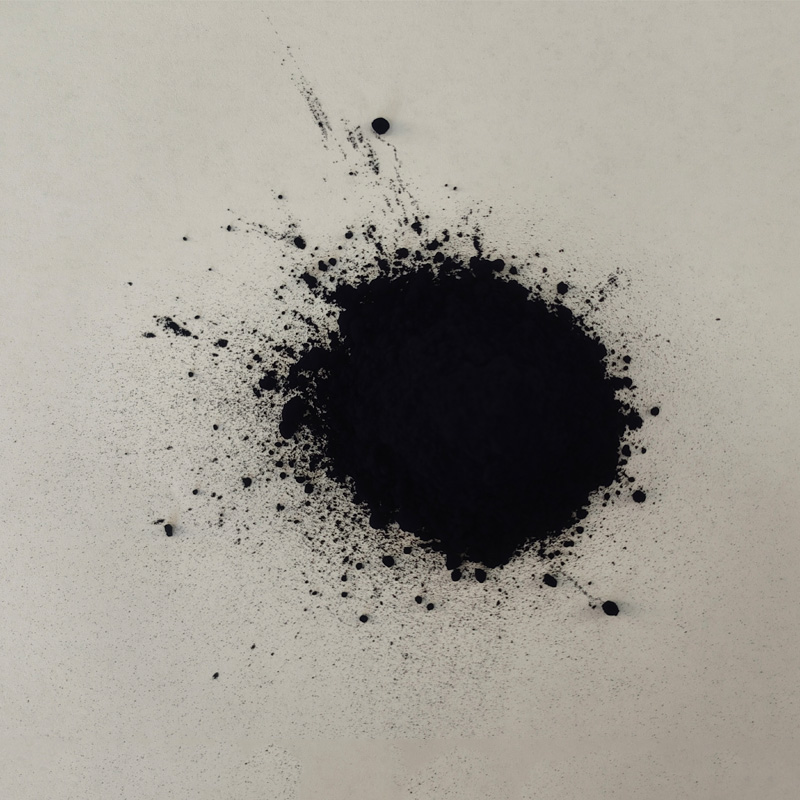Handmade Indigo Tie Dye Fabric Products | Unique Artisanal Textiles
The Art of Indigo Tie Dye Fabric Products
Indigo tie dye, a timeless textile technique, has captivated the hearts and eyes of many artisans and fashion enthusiasts around the world. This age-old practice combines the rich history of indigo dyeing with the unique artistry of tie dye, resulting in vibrant, one-of-a-kind fabric products that tell a story of culture, craftsmanship, and creativity.
Indigo dye, derived from the leaves of the indigo plant, has been used for thousands of years in various cultures, notably in regions such as West Africa, India, and Japan. The deep blue color achieved through this natural dye process is both striking and versatile, making it a popular choice for a variety of fabric products. The sustainability of indigo dyeing, particularly when using natural indigo, aligns perfectly with today’s growing demand for eco-friendly manufacturing practices.
The tie dye technique, which involves folding, twisting, or pleating fabric and then binding it with string or rubber bands, creates intricate patterns that add to the fabric’s aesthetic appeal. Each piece is a unique work of art, as no two products can replicate the same design. This unpredictability adds an element of surprise and individuality to the clothing and accessories crafted using this method.
When it comes to indigo tie dye fabric products, the options are abundant. From clothing such as dresses, shirts, and scarves to home decor items like tablecloths, cushion covers, and wall hangings, there is something for everyone. The rich indigo hues lend an air of sophistication to casual wear, making it suitable for both daily use and special occasions.
indigo tie dye fabric products

Moreover, indigo tie dye fabric products are often infused with cultural significance. In many cultures, the patterns and motifs used in tie dye carry historical meanings and are passed down through generations. For example, in Japan, the art of Shibori, a sophisticated tie dye technique, reflects a deep connection to nature and spirituality. Owning a piece of indigo tie dye fabric is not only about aesthetics but also about embracing a rich cultural heritage.
In recent years, the resurgence of interest in handmade and artisanal products has brought indigo tie dye back into the spotlight. Modern consumers are increasingly seeking out unique, handcrafted items that stand out in a world dominated by fast fashion. As a result, many local artisans and small businesses are thriving by producing exquisite indigo tie dye fabric products that cater to this demand for individuality and authenticity.
Furthermore, the eco-friendly nature of natural indigo dyeing appeals to environmentally conscious buyers. The process is often less resource-intensive than synthetic dyes, contributing to sustainable fashion.
In conclusion, indigo tie dye fabric products embody a harmonious blend of art, culture, and sustainability. Whether you are looking to express your personal style or to make a thoughtful statement with your purchases, indigo tie dye offers a perfect choice. With each piece, you are not just acquiring a product, but a piece of history and a celebration of craftsmanship.
-
The Timeless Art of Denim Indigo Dye
NewsJul.01,2025
-
The Rise of Sulfur Dyed Denim
NewsJul.01,2025
-
The Rich Revival of the Best Indigo Dye
NewsJul.01,2025
-
The Enduring Strength of Sulphur Black
NewsJul.01,2025
-
The Ancient Art of Chinese Indigo Dye
NewsJul.01,2025
-
Industry Power of Indigo
NewsJul.01,2025
-
Black Sulfur is Leading the Next Wave
NewsJul.01,2025

Sulphur Black
1.Name: sulphur black; Sulfur Black; Sulphur Black 1;
2.Structure formula:
3.Molecule formula: C6H4N2O5
4.CAS No.: 1326-82-5
5.HS code: 32041911
6.Product specification:Appearance:black phosphorus flakes; black liquid

Bromo Indigo; Vat Bromo-Indigo; C.I.Vat Blue 5
1.Name: Bromo indigo; Vat bromo-indigo; C.I.Vat blue 5;
2.Structure formula:
3.Molecule formula: C16H6Br4N2O2
4.CAS No.: 2475-31-2
5.HS code: 3204151000 6.Major usage and instruction: Be mainly used to dye cotton fabrics.

Indigo Blue Vat Blue
1.Name: indigo blue,vat blue 1,
2.Structure formula:
3.Molecule formula: C16H10N2O2
4.. CAS No.: 482-89-3
5.Molecule weight: 262.62
6.HS code: 3204151000
7.Major usage and instruction: Be mainly used to dye cotton fabrics.

